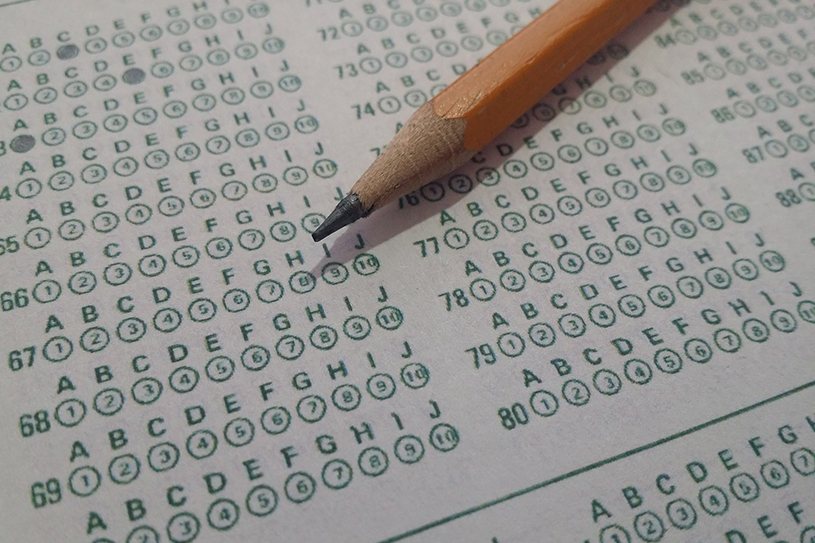This course module provides fundamental information, vital strategies, and opportunities to practice effective communication. The module addresses communication through writing, oral communication (including public speaking), nonverbal modes, and communication in crisis situations.
Effective communication skills are foundational to almost all successful personal, social, learning, and work activities. They are essential in:
- clarifying your thoughts.
- clarifying the meaning of others not only from their words but also their nonverbal cues.
- interacting and conversing effectively with staff, students, stakeholders and others.
- effectively conveying information, feelings, and opinions.
Oral communication involves private or group discussions; school, district, and public presentations; and planned or impromptu interactions with audiences. Most school leaders are prepared to convey basic information and opinions through short, informal communications on familiar topics, but many are challenged when presenting and analyzing complex information and issues through more sustained discussions. Specific skills, used consistently, are also required in listening and responding effectively to what others say.
School leaders who are effective in written communication not only use good grammar and appropriate language, but have the ability to write and respond to everything from brief communications expressing a few basic ideas about familiar topics, to more complex communications which analyze and explore important subjects and complex issues with significant and sometimes long-term ramifications.
The skilled communicator enhances relationships with parents and the community and helps to create an environment that values diverse cultures and welcomes staff, student, family and community engagement.



 This course module provides practical strategies to assist school leaders in creating a learning community that will shape a school’s shared vision, facilitate collaboration through teams and committees, and establish a climate that supports child-centered education in a collegial and caring environment, enhancing student achievement.
This course module provides practical strategies to assist school leaders in creating a learning community that will shape a school’s shared vision, facilitate collaboration through teams and committees, and establish a climate that supports child-centered education in a collegial and caring environment, enhancing student achievement.










